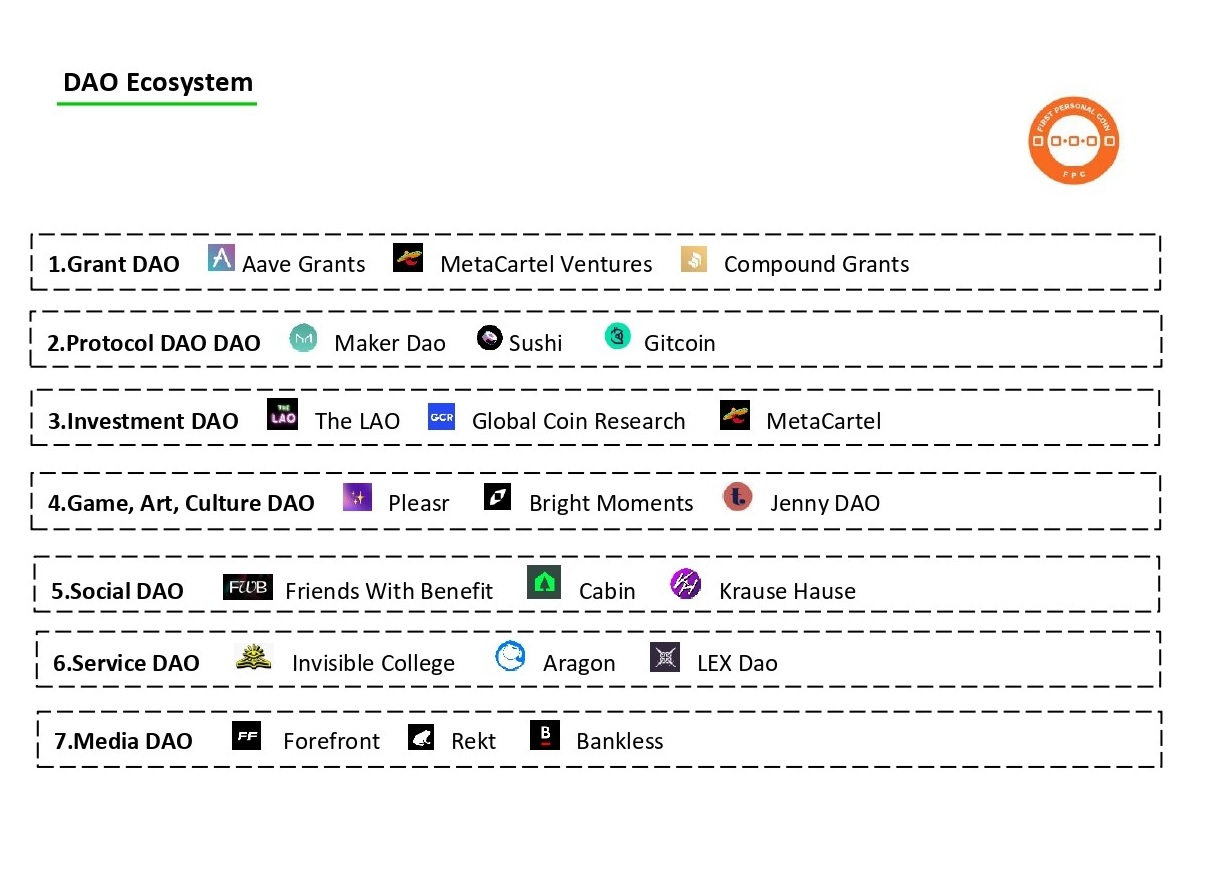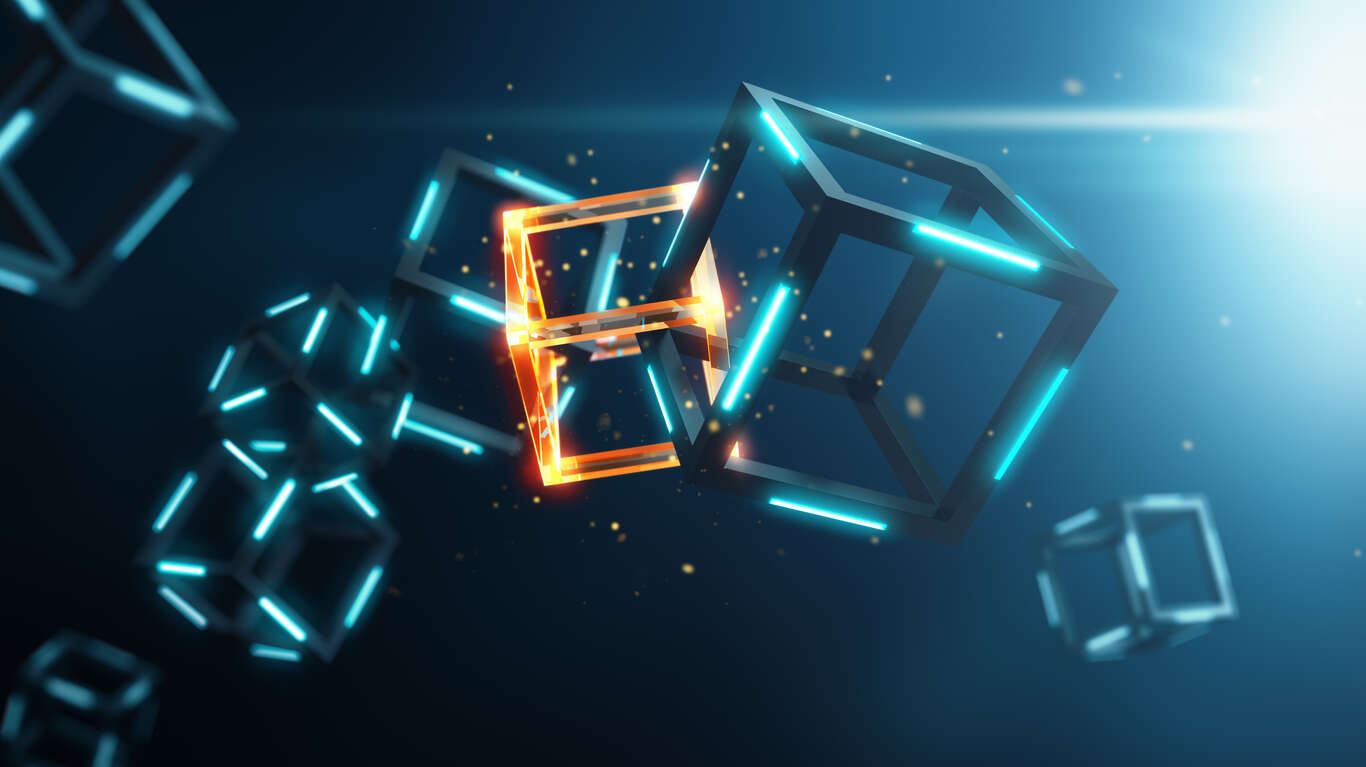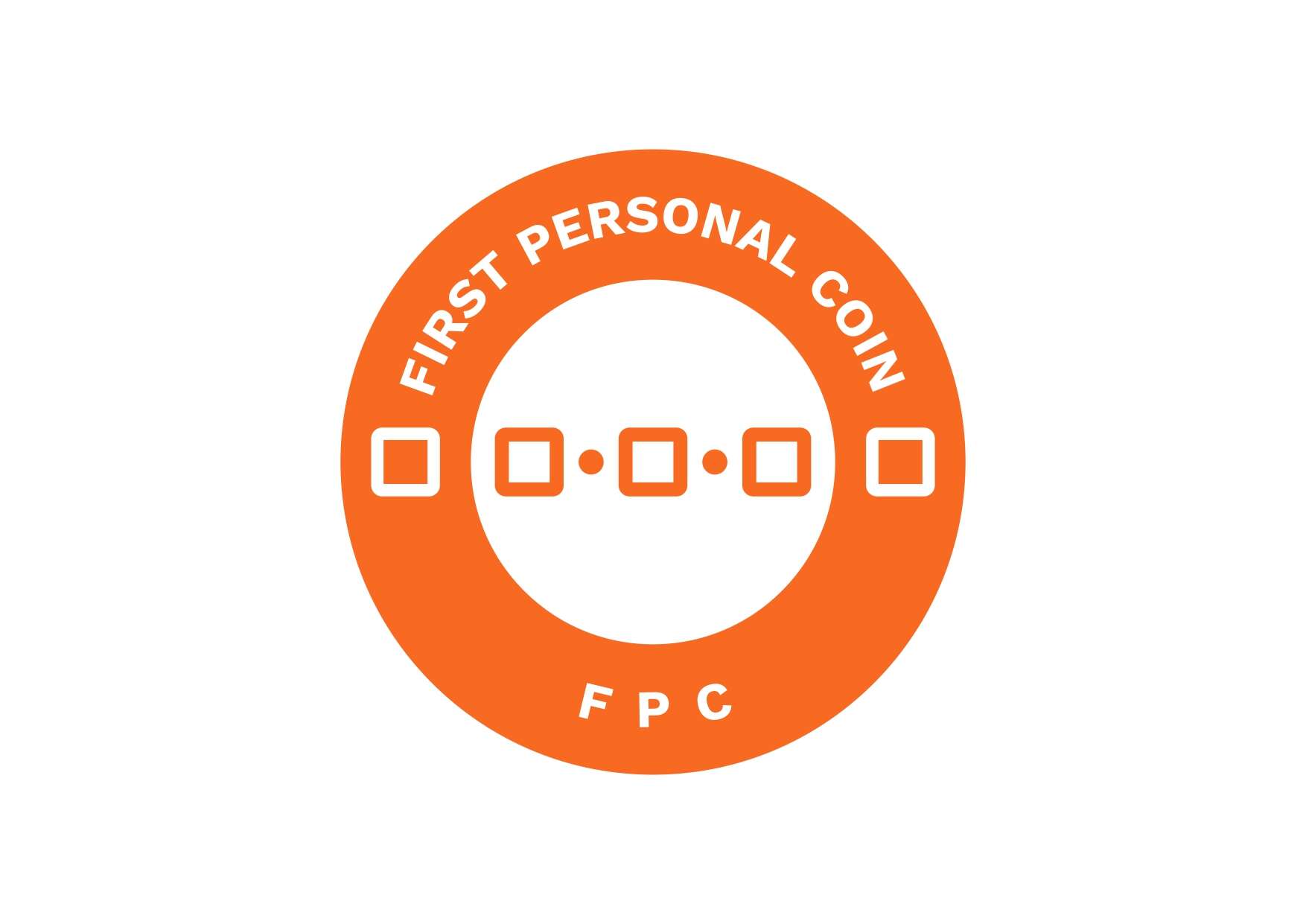What requirements do you need to build a dao?

Many people think that DAOs are a fuzzy concept, nothing could be more wrong. DAOs are a concrete way to realise real and concrete projects.
BUT WHAT DO YOU NEED TO CREATE A DAO?
Beyond the necessity of an organisation working towards a common goal and vision, a DAO also needs access management solutions that will be used to shape the identity and ownership, a voting system that will make members involved in the organisation, make decisions and improve it, and treasury management.
The membership of a DAO is generally represented by a digital asset. These 'governance tokens' allow you to propose and vote on changes to the protocol; proposals can range from improvements in information security to a revision of the organisation's purpose.
Before you start building your pilot project, it is important that you ask yourself, "what kind of DAO do we want to be?"
Depending on their scope and structure, 5 to 7 categories of DAOs can be identified.
That said, if you are exploring how to create your own DAO, let's dive into the most common types of DAOs and their objectives!
1. Grant DAO: the community donates funds into the grant pool and collectively votes on the allocation and distribution of funds. The purpose of these DAOs is to fund new innovative DeFi projects, with organisations applying for funding (this is a practical example of the fact that decentralised communities are more flexible in the distribution of funding than more traditional institutions).
2. Protocol DAO: is a type of DAO designed to govern a decentralised protocol such as a borrow/lending application, a decentralised exchange or other type of DAP. Common examples of decentralised protocols are Automated Market Makers (AMM), i.e. a peer-to-contract (P2C) contract. With Sushi DAO, the price you get for an asset you want to buy or sell is determined by a formula, such as MakerDAO, which uses smart contracts to allow users to lend and borrow cryptocurrencies with customised loan rates and repayable amounts.
3. Investment DAOs: these DAOs function very similarly to traditional investment funds, where capital is raised to make profit-driven investments. However, in the case of DAOs, all investors use their tokens to vote on investment decisions and projects.
Investment DAOs help to access portfolios that would otherwise be inaccessible given capital size requirements. Some well-known examples are The LAO, a member-driven venture capital fund, BIT DAO, a collective investment vehicle, and MetaCartel Ventures, a Delaware LLC that makes investments in early-stage DApps.
4. Game, art, culture DAO: Yield Guild Game, for instance, is a community of NFT-based blockchain players who come together to play and increase their earning capacity within different P2E gaming communities and to grow their NFT assets. While the purpose of the other two categories of Daos, is to raise funds to purchase NFT, artwork and collectibles. Examples are Brights Moments DAO, Fingerprints, a Collector and investment Dao, more properly an art fund that hosts a Marketplace to invest in blockchain projects.
Pleasr DAO on the other hand bought the original Doge meme NFT for $4 million, which would not have been possible if its members hadn't pooled their money.
5. Social DAO: these are platforms that aim to facilitate social interaction and networking. If you are looking for a collaborator or co-founder to work on a Web3 project, Social DAOs are a common place to find them. Examples of social DAOs areFriends With Benefits, Ape DAO e Decentraland DAO.
6. Service DAOs: these platforms facilitate the allocation of talent within the Web3 community. Service DAOs are like a consultancy. Individuals with specialised skills (lawyers, marketers, designers) come together and offer their services. Among the most curious are Invisible College DAO, Raid Guild, Prime DAO o Lex DAO. Aragon DAO, on the other hand, is one of the most popular choices that provides the tools to build a DAO on Ethereum.
7. Media DAOs: aim to solve the problems of content ownership and compensation for content producers and consumers that characterise traditional media and social media channels.
Members of the media Dao community collaborate on research, analysis and publication of content: ForeFront is one of the most popular.

THE CHOICE OF PLATFORM AND THE CHOICE OF BLOCKCHAIN: WHY ARE THEY IMPORTANT?
First, the choice of the ecosystem and the related blockchain on which the DAO will evolve is vital because it will have a major impact on the possibility of achieving your goals and on the technical planning and implementation of your project.
There are many blockchain ecosystems and choosing the right one can be difficult; however, DAOs are deeply linked to Ethereum because of the availability of resources and greater security.
Secondly, the choice of platform is a crucial part of the process.
Stay tuned because in the next lessons we will look at the 3 main platforms that facilitate the creation and management of DAOs using a template that can generally be customised:
- Aragon
- DAOstack
- DAOhaus
DAO TOOLS
The tools used to build and organise the many different functions of DAOs deserve an in-depth analysis - don't stop following us!
It is important to know these tools in order to understand how DAOs work and to know which ones are actually trustless and which ones are not. These tools can be discovered and accessed through sources such as https://www.daomasters.xyz/
